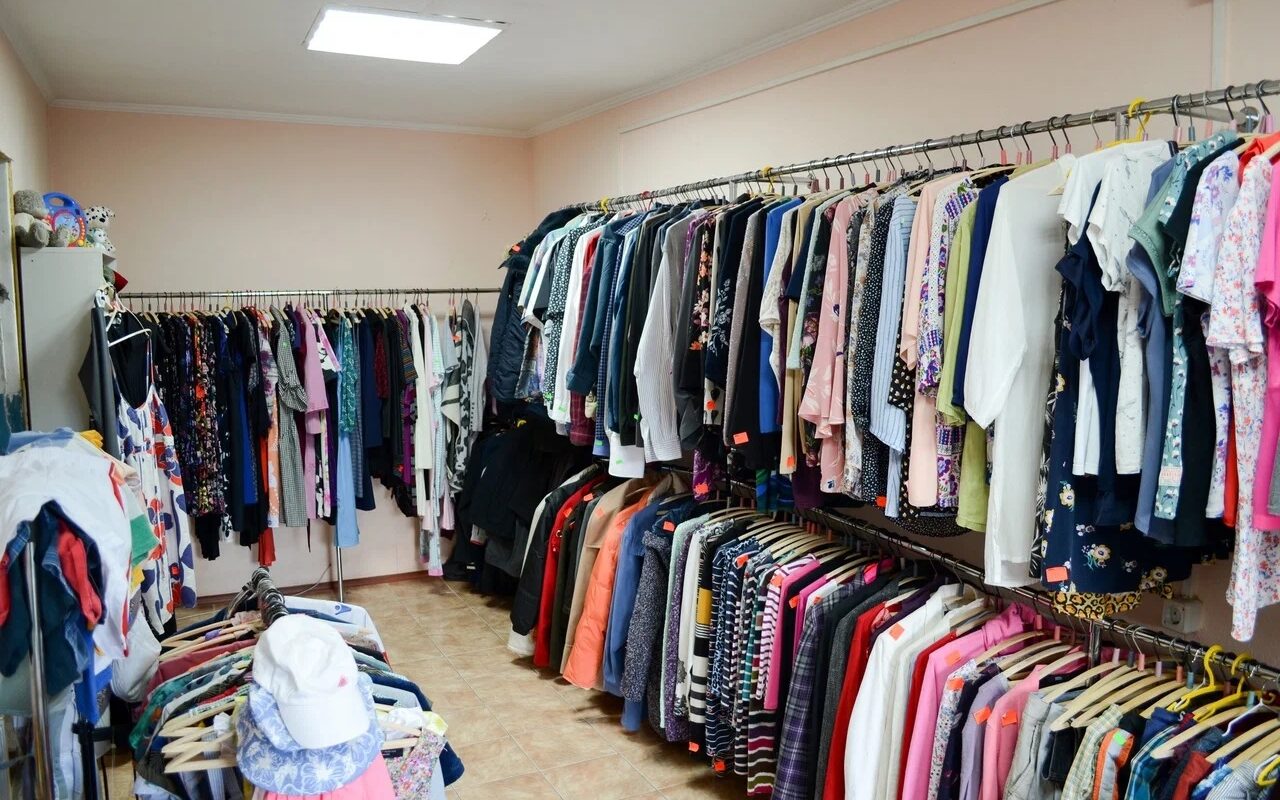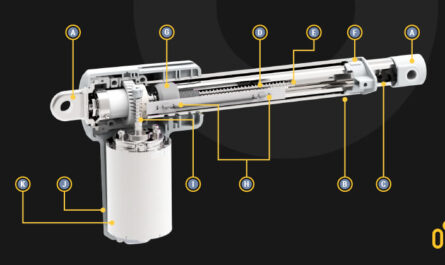Introduction
The fast fashion industry in India has seen exponential growth over the past decade. With rising incomes and exposure to global trends, Indian consumers have developed a keen interest in latest fashion and styles. Several fast fashion brands have entered the Indian market to cater to this growing demand. In this article, we discuss the key aspects of the fast fashion business in India.
Emergence of domestic fast fashion brands
India is witnessing the rise of homegrown fast fashion labels that design, manufacture and sell apparel within the country at affordable price points. These brands include names like Vero Moda, Max Fashion, Van Heusen, etc. They follow a fast replenishment model where new collections are introduced every 2-4 weeks. This allows consumers to stay updated with the latest trends. Their clothing is inspired by runway designs but offered at lower costs due to economies of scale. Several domestic retailers source their inventory from these fast fashion labels. The success of these brands shows there is huge opportunity in the India Fast Fashion.
Business model and supply chain operations
Fast fashion brands emphasize on speed and affordability. They follow a made-to-order or quick response manufacturing model where designs are created based on demand forecasts and produced just in time. This helps reduce markdown costs. Their integrated supply chains allow them to deliver new inventory within 2-4 weeks. Most have in-house design teams that constantly track global fashion weeks and street style trends on social media to stay ahead of the curve. Domestic manufacturing helps cut costs and speed up deliveries. Several use digital printing, lean manufacturing and omni-channel distribution to optimize operations.
Rise of e-commerce fast fashion platforms
The growth of e-commerce in India has facilitated the emergence of online-only fast fashion labels. Major players include Myntra, Ajio, LimeRoad, etc. They leverage digital platforms to directly source inventory, forecast trends and sell to consumers across the country. Their websites and apps are designed like virtual high-street stores that changes selections frequently. They offer competitive pricing through a direct-to-consumer model without maintaining physical retail infrastructure. Social features like lookbooks and styling recommendations enhance the shopping experience. E-commerce has enabled these brands to achieve nationwide reach within a short period of time.
Sizing And Fit Issues with Indian Apparel
One of the key challenges faced by domestic fast fashion retailers is producing apparel suitable for the diverse body types and sizes in India. Sizing standards are not consistent and ready-to-wear clothing often does not cater to plus sizes. Additionally, fit and cut suitable for the Indian silhouette is lacking. This leads to high return rates. Several brands are now conducting extensive fit studies to develop customised size charts and silhouettes for the target audience. They are also investing in virtual fitting technologies and customisation features to address sizing woes. This focus on fit will be crucial for driving repeat purchases.
Impact On The Value Chain
The fast fashion revolution has disrupted traditional apparel value chains in India. Domestic manufacturers have upgraded capabilities to support quick turnarounds demanded by these brands. Several small and medium suppliers have emerged who can produce small batches of designs flexibly at low costs. Mills specializing in trend-led fabrics have also come up to fulfill just-in-time requirements. Marketplaces are offering on-demand solutions for sourcing, sampling and small-quantity runs. At the retail end, offline multi-brand stores are collaborating with fast fashion players for consignment-based inventories. The widespread impact on sourcing, production and selling shows this sector is catalyzing modernization across affiliated industries as well.
Sustainability Concerns
While fast fashion in India has enabled affordability and accelerated style cycles, it has raised sustainability red flags too. The business model relies on constant newness which encourages overconsumption. Brands push several seasonal collections each month which get replaced rapidly, leading to huge volumes of textile waste. Cotton and fabric production also has an environmental cost. Domestic processing infrastructure still lacks capabilities for recycling post-consumer textiles efficiently. Fast fashion houses need to adopt responsible practices like using eco-friendly materials, minimizing water usage, collaborating with waste management firms and promoting resale/upcycling of older apparel collections. It is crucial they balance affordability with sustainable operations for long-term viability.
Overall, fast fashion has emerged as one of the fastest growing segments in India’s retail industry. It is fueling the country’s fashion consumption boom by making latest global trends accessible and affordable for mainstream audiences. Homegrown as well as digital-native fast fashion labels have disrupted traditional shopping behaviors. While addressing the fit needs of Indian consumers remains work in progress, fast fashion is catalyzing specialization across manufacturing and retail supply chains. As the sector scales new heights, focus on sustainability will be important for its continued success in India.
Note:
- Source: CoherentMI, Public sources, Desk research
- We have leveraged AI tools to mine information and compile it



